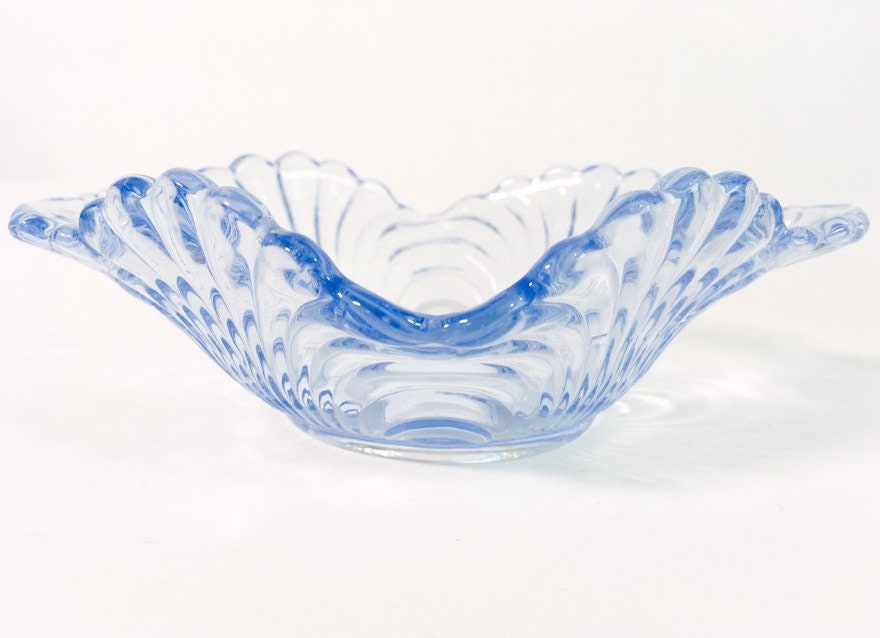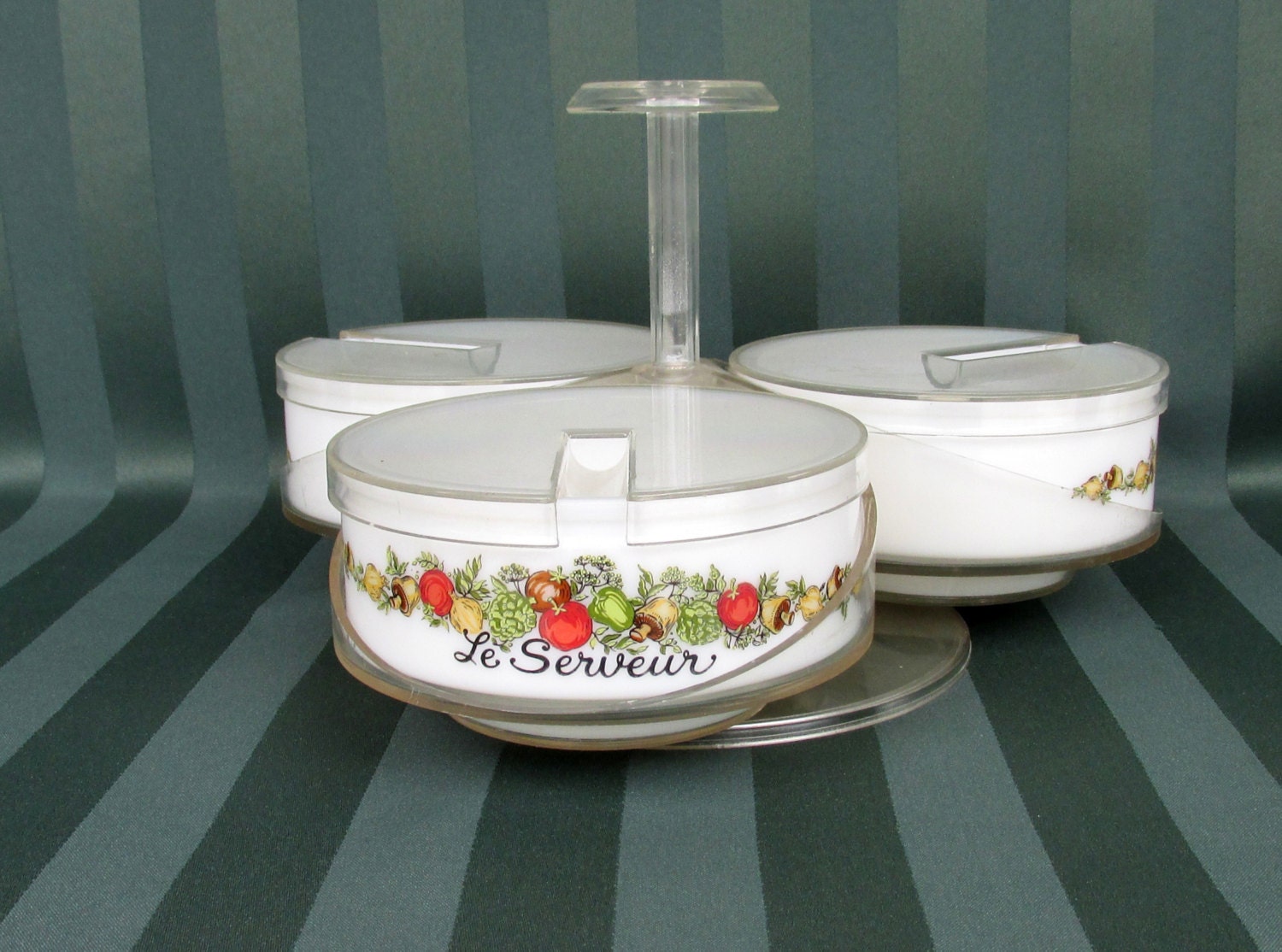
They have been made from the 1750’s and exist both in standard pattern form and as decorative or novelty pieces. The rare novelty examples, such as eagle wings, can fetch over £1000, however very pretty 18th century examples, such as the one illustrated dating from 1788, can be bought for less than £150.Ĭaddy spoons are used for scooping a measure of tea from caddy to pot. This is one of the most collectable forms of spoon, and as such can command high prices. Please see our Butter Knives page for a selection currently available for sale.

MOST COLLECTABLE: Early and pretty spades, nicely decorated handles, attractively engraved blades.

From this date the handles tended to be carved as opposed to turned.īutter spades tend to be tea to dessert spoon sized, but the earlier butter knives increased in length to table spoon sized, before being reduced by the end of the 19th Century to teaspoon size.īeware of mistaking fish knives with butter knives. By the middle of the century they were being produced with resin-loaded handles made of either ivory, bone, agate, mother of pearl or other materials. Examples from late Victorian and Edwardian times are found, often attractively engraved with mother of pearl handles.īutter knives with scimitar shaped blades replaced the spade in the 19th Century, originally they too would have had turned handles, but by the 1820’s were made in one piece of silver and followed the standard flatware patterns. They are very collectable and generally date from the mid-late 18th Century. Butter Knives & Spadesīutter spades have a triangular or heart shaped blade usually connected to a round, turned ivory or wooden handle, although completely silver examples are found. MOST COLLECTABLE: Finely decorated pieces. These spoons are not fakes and are legitimate on the open market, although I would suggest that they should be sold as "with later decoration". Firstly, that an elegant spoon has been vandalised and secondly that an attractive single spoon contains the tastes and craftsmanship of two distinct eras. There are two fields of thought regarding these spoons. Any examples found hallmarked prior to 1840 should be viewed with suspicion. a plain Georgian spoon decorated by a Victorian hand. Most examples found in this category have been later embellished e.g. The bowls are elaborately embossed with fruits, the stems are often engraved and are either wholly or partly gilded to protect the silver from the corrosive effects of fruit acids. This type of silver spoon can be found in many forms teaspoon, dessert spoon, table spoon, sugar sifter spoon etc., and would generally be used for serving soft fruits. Please see our Basting Spoon section for a selection currently available for sale. MOST COLLECTABLE: Canon handled & other early 18th Century examples, Scottish Provincial & Irish, sought after makers & unusual patterns. The image shows the difference in size between the basting, table, dessert and tea spoons. They have been manufactured from the late 17thCentury onwards with the first examples being the Canon handled type, and ever since they have followed the form of the standard patterns. The last title is usually for the extra large bowled examples produced in the mid-18th Century. There are several names given to this elegant, long handled (usually in the region of 12"+) silver spoon basting, serving stuffing, gravy or hash. Please see our Serving Tongs section for a selection currently available for sale. MOST COLLECTABLE: Early examples & unusual patterns. Other less common forms of asparagus tongs include the scissor action type and those with spring loaded blades - these generally date from pre-1800. chops, steak, salad and sandwiches (basically for whatever use the owner can find!). This style of server has also been linked with other serving purposes e.g. Earlier forms of asparagus tongs (bottom example in photo) have un-pierced blades with a corrugated inner surface for improving grasp. The large blades are often pierced, for straining, and have a lip at the end of one to help hold the spears. The most common form of silver asparagus tongs are similar in design to oversized sugar tongs with the addition of a restraining bar, usually held in place by screws, across the centre of the stem.


 0 kommentar(er)
0 kommentar(er)
